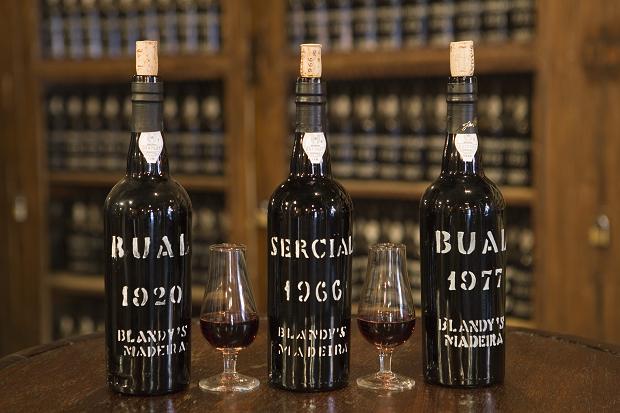
There have been some great wine discoveries over they years, often involving bottles hundreds of years old. We’ve seen everything from vintage Champagne in sunken ships to wine jars buried in the pyramids with the great King Tut. The most recent tale involves very, very old Portuguese wine.
Some 50 bottles of Madeira were found during a demolition exercise in New Jersey, the oldest dating back to 1769. It happened after workers smashed through a Prohibition-era wall at Liberty Hall Museum. The oldest bottle of the found bunch is older than the United States.
The bottles are in good shape, considering, and it’s been reported that some may fetch $20,000 a piece at auction. Being a fortified wine, Madeira is known to age very well, especially when stored properly. There’s a good chance that many of these bottles are still in good drinking shape.
Many fortified wines were made for that very purpose: to age well. In the early days, they needed to stand up to long journeys by boat to get to their destination. It’s likely that this particular find would drink a bit like fine sherry, complex and oxidized.
Why the hidden stash? This was common practice for collectors around the Prohibition era as it was a means to protect their illicit bottles. Apparently, the museum staff had no idea there was such a collection and would not have found it if not for the most recent renovation project.
It makes you wonder how many more collections like this have yet to be unearthed. There are old homes all over—on the east coast especially—where incredible bottles may be lurking beyond plain sight. The latest New Jersey find (not to be confused with the bizarre pasta discovery in the same state) certainly will not be the last.
Like the best Scotch or rare, one-off lots of bourbon, these bottles of Madeira are extremely valuable. What’s more, they seem to be in good health, with proper seals and not much in the way of damage. That means the liquid inside, while in some cases 254 years old, might be in its prime.
Let’s break down what drinking something this old really means. The year 1769 predates even the electric telegraph. Hot air balloons had not even been invented yet, nor flush toilets. Soda water was only in its infancy, invented two years earlier. The Revolutionary War was still six years out.
To sip something from then would be to time travel way, way back. We won’t get to because we don’t have the cash to buy those bottles, but we’ll be looking at the walls of old buildings a bit differently from now on. There could be liquid treasure in them there walls.


